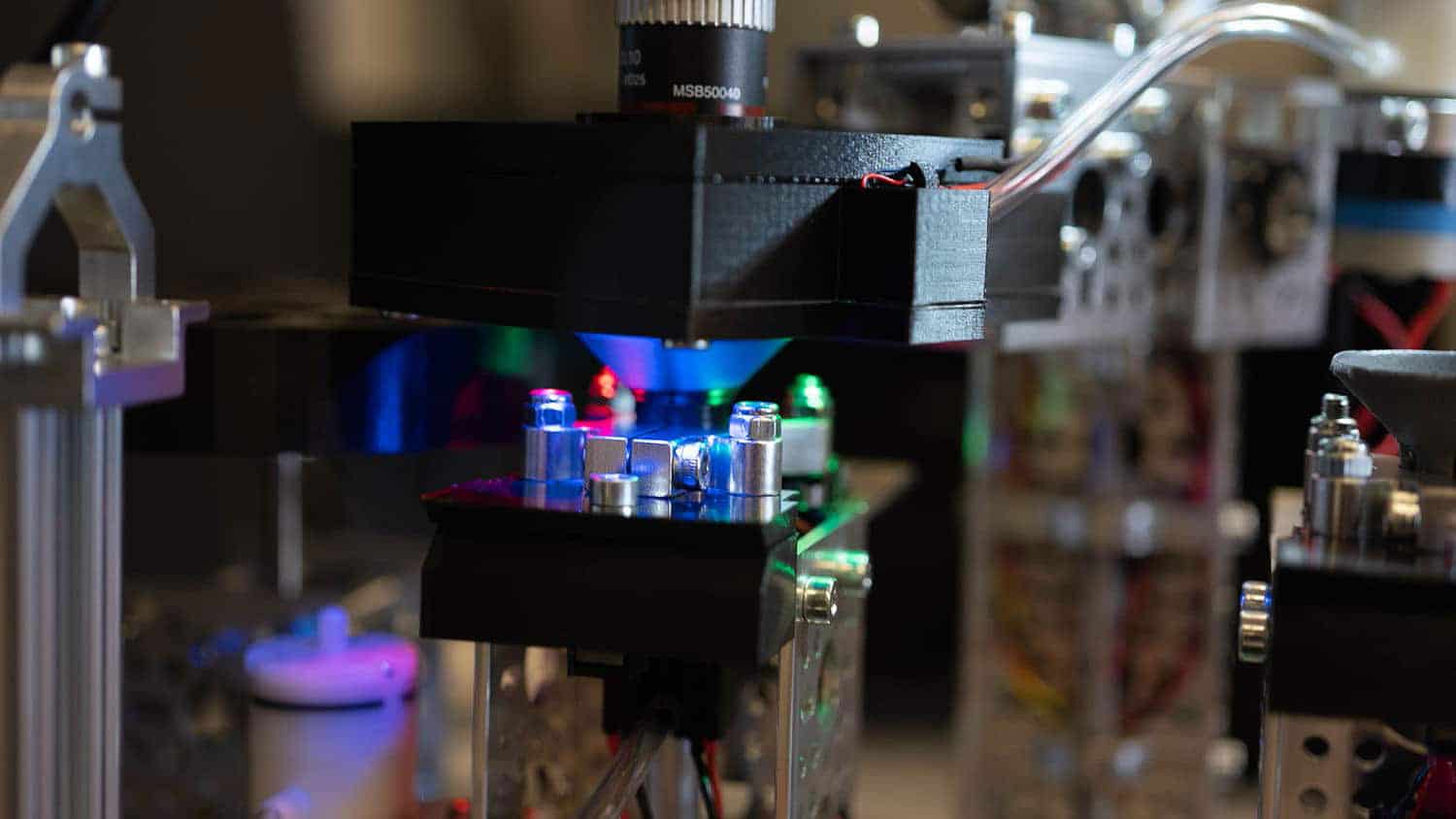
Foraminifera – or forams, for short, are protists, neither plant nor animal, and have been prevalent in our oceans for more than 100 million years. When forams die, they leave behind their tiny shells, most less than a millimeter wide. These shells can be used to understand ancient ocean conditions, and the types and chemistry of forams in a sample are useful environmental indicators. However, separating different types of forams is time-consuming and tedious work that requires considerable expertise.
A team from North Carolina State University and the University of Colorado-Boulder have developed and demonstrated a robot capable of sorting, manipulating, and identifying microscopic marine fossils. The new technology automates a tedious process that plays a key role in advancing our understanding of the world’s oceans and climate – both today and in the prehistoric past.
The device, called Forabot, uses robotics and artificial intelligence to physically manipulate the remains of forams so that remains can be isolated, imaged, and identified. The open-source system can physically manipulate individual foraminifera for imaging and isolation with minimal human interaction.
The users first have to wash and sieve a sample of hundreds of foraminifera, resulting in a sample that looks like a pile of sand. The sample of forams is then placed into a container called the isolation tower. A needle at the bottom of the isolation tower then projects up through the sample, carrying a single foram shell on its tip, where it is removed from the tower via suction. The suction pulls the foram to a separate container called the imaging tower, which is equipped with an automated, high-resolution camera that automatically captures multiple images of the foram. After the images are taken, the foram is again lifted by a needle until it can be picked up via suction and deposited in the relevant container in a sorting station.
Currently, Forabot is capable of identifying six different types of foram and processing up to 27 foram specimens per hour. This may be slow, but unlike a person, the robot can do the job over very long periods of time without getting tired. It can be improved for future classification purposes by reducing image quality and/or quantity.
“This is a proof-of-concept prototype, so we’ll be expanding the number of foram species it is able to identify. And we’re optimistic we’ll also be able to improve the number of forams it can process per hour,” says Edgar Lobaton, co-author of a paper on the work.
At this point, this proof-of-concept prototype has an accuracy rate of 79% for identifying forams, which is reportedly better than most trained humans.
“Once Forabot has been optimized, it will be a valuable piece of research equipment, allowing student ‘foram pickers’ to better spend their time learning more advanced skills,” says Tom Marchitto, co-author of the paper and a professor of geological sciences at the University of Colorado, Boulder. “By using community-sourced taxonomic knowledge to train the robot, we can also improve the uniformity of foram identification across research groups.”
Journal reference:
- Turner Richmond, Jeremy Cole, Gabriella Dangler, Michael Daniele, Thomas Marchitto, and Edgar Lobaton. Forabot: Automated Planktic Foraminifera Isolation and Imaging. Geochemistry, Geophysics, Geosystems, 2022; DOI: 10.1029/2022GC010689
Marine fossil-sorting robots to help researchers study oceans, climate
Source: Tambay News

0 Comments